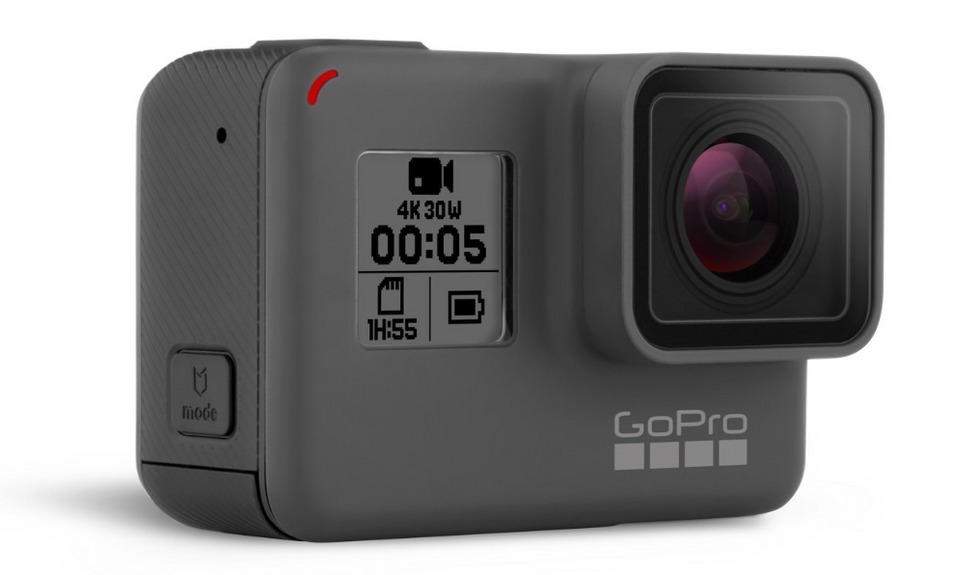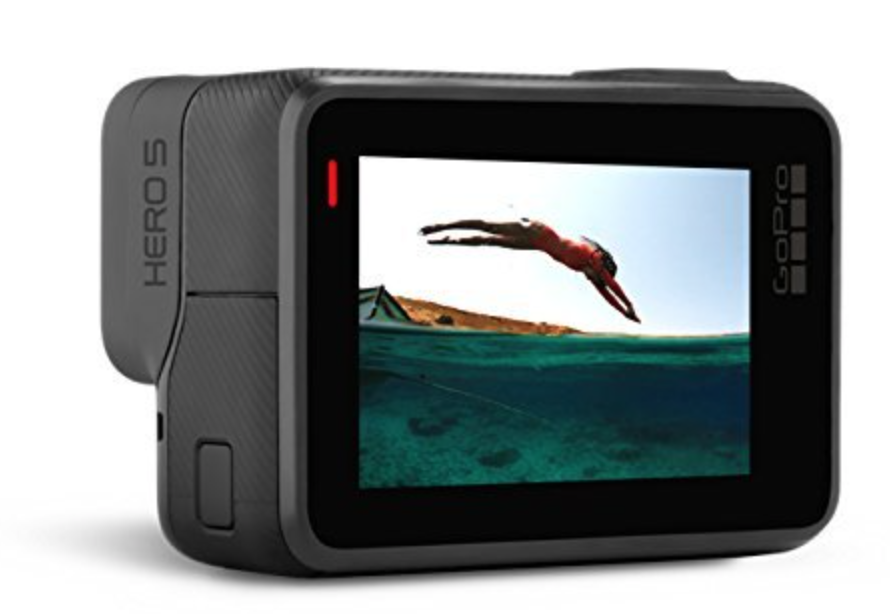From the polar regions to desert planes to dry mountains to sunny vineyards, there are many ways to travel to Antarctica but no matter what you do, you will travel through an area experiencing very different climates than the Antarctic region. Here are our tips and tricks for efficient packing and the tools we would highly recommend on any adventure.

The specific trip we booked involved a flight directly into Antarctica, and, as everyone knows, Antarctica doesn't have any cities and therefore no formal airports. Since we flew down and would be landing on gravel terrain, there were strict weight restrictions due to the length of available runway space for the airplane to take off and land. We were allowed only 10 kilos for (1) checked bag and 5 kilos for (1) carry-on each. Anything beyond that would have to be left behind in Punta Arenas and we weren't about to travel with more baggage than we needed. The trick for us was packing everything a week in advance and weighing it, just to be sure.
The following items were necessities that made our travel weight restrictions and climate changes (no pun intended) a breeze:

Packing Cubes
These suckers are absolutely nifty. They allow you to compartmentalize your clothing into separate zipper bags that pack neatly for easy grab-and-go action. With the various climates we would be traveling to, we had our Antarctica-specific wool, layering, and waterproof items in their own separate bags that made finding clothing simple without having to unpack everything just to locate your wool socks. Plus, it keeps your suitcase contents from getting all shuffled about when traveling from point A to point B. We highly recommend this product, even with short domestic-type trips. Sometimes the simplest of organizational tactics can reduce the stresses of travel.

Dry Bag
This is a smart item to carry your camera and non-waterproof equipment in to and from the ship when you travel via zodiac. With the high winds, ever-changing waves, possibility of rain or snow, you may stay dry in your waterproof clothing but your things can get wet pretty easily. Getting in and out of the zodiacs is when you're most likely to get wet, so it's a good idea to have something like this Outdoor Research dry bag.
We purchased a 10-liter bag off of Amazon, which was perfect for protecting our camera and lenses from the elements as well as allowed some room for extra dry socks and glove liners, just in case we did get wet. When you aren't using it as a dry bag, it collapses compactly. We highly recommend you purchase one, but be sure you get one large enough for the contents you're anticipating on bringing along with you at each landing. This is why it's key to pre-pack a week in advance in case you didn't order the right size and need to make some changes to your equipment.

A Light Suitcase
This is key. If you want to make the most out of your packing, make sure your luggage isn't taking more weight than it needs to. We both purchased suitcases that weighed between 5 - 7lbs and it really saved us some stress.
One of our newer suitcases we purchased was from a Tumi outlet store near where we live. We were able to purchase a really nice and durable Tumi V3 International Expandable Carry-On suitcase in a really poppy color to help distinguish our luggage from others. This suitcase has so much room, rolls smoother than any suitcase we've ever owned, has a combination lock you can set, and is extremely lightweight. Tumi is one of those big name brands that can push people away from purchasing one, but the value has been worth the cost and meets the hype.
Photography Equipment
Even if you aren't a professional photographer and don't own all that "fancy equipment", it's good to have a high-quality camera to really take some once in a lifetime photographs that you will never regret.
In this scenario, an iPhone (or other smart phone device) just doesn't cut it. In preparation for our trip, we decided to purchase a few polarizing filters for camera lenses we already owned in case days were so bright that the snow-capped glaciers and icebergs didn't allow enough contrast between the crevasses, water and ice. Luckily, we had nice weather that actually didn't fully warrant the need for these filters, but they're fairly inexpensive and good to have around.
Extra batteries are also definitely a necessity. With the cold temperatures outside, batteries on electronics drain quite rapidly and if you're in a constant shooting mode, you want to have a backup ready.
As for the other slightly more expensive photography equipment, a telephoto lens is a must. To avoid negative interactions and overstepping boundaries with the flora and fauna, it's best to have a nice high-quality long lens to capture some pretty spectacular scenes.
GoPro
We purchased the GoPro Hero 5 before our trip knowing that it was waterproof, could be operated using the app to allow us to take photos of ourselves, and takes pretty high quality photos and video. It's small, lightweight, and easy to pack. Downloading photos and videos via the app is also super easy and instantaneous for sharing with our family and friends far away.
Previously, we've owned an earlier version of GoPro and technology only seems to improve more and more these days; so, for us, this was definitely an essential tool used on our trip. One thing we forgot to bring was a chesty mount. A friend of ours we made on the trip had one and wore it while we paddleboarded, which was amazing because he caught some pretty epic shots/video of us.
Layers
Do not forget your waterproof and water resistant layers. The trick for dressing warm in the frigid Antarctic is layering.
Start off with your base layers of wool or synthetic waterproof clothing, 2nd top layer of similar material, wool socks (maybe even two layers if it's really cold out), ski or water-proof pants, a wool scarf/balaclava, hat, earmuffs or a combination of the three, and two layers of gloves (1st layer is wool, 2nd layer is water-proof). Pack a couple extra of each layer to alternate wearing and you're all set!
As far as the nice warm and heavy outer layering, Quark issues out special waterproof boots and heavy water/wind resistant coats that complete the package. Plus, it reduces the volume and weight of packing such heavy and bulky items. It's like they plan it for you.
Do not forget your layering and you will be 100% comfortable no matter how cold/wet it gets.
Polarized Sunglasses
We absolutely love our Maui Jims and having polarized sunglasses really helps reduce the glares of the water and white on white on white (a.k.a. lots of snow covered terrain) due to the brightness of the sun.
Enough said.
You won't regret them.
Sunscreen, lotion and lip balm - With the sun, the reflective surfaces, cold/dry air, and wind, all three of these are used in mass quantities, so be sure to pack enough of your favorite kind. You'll be reapplying every time you get back to the ship.
Alright, you're all set and ready to head to Antarctica!

Cheers!
-#thekilloranstakeantarctica


























